
Draft Release & Public Feedback Timeline
An early draft of the curriculum and framework for Classes 3–5 under India’s National Education Policy (NEP) 2020 is set to be released for public review around July 15, 2025, according to Shripad Dhekane, member of the NEP steering committee. The massive draft portfolio, comprised of roughly 75,000 documents, mirrors the earlier rollout for Class 1, which garnered over 100,000 public responses. Stakeholders will have an open window to scrutinize and suggest improvements ahead of final implementation.
Holistic Shift in Education
Dhekane emphasized that NEP 2020 marks a departure from a rigid, mechanical system to a holistic, life-oriented learning model. Under the revamped 5+3+3+4 structure, preschool (ages 3–5) is now part of formal education. Foundational years (Classes 1–2) focus on creativity and basics; preparatory years (Classes 3–5) introduce reading, writing, arts, science, and math; middle (6–8) and secondary stages (9–12) progressively deepen interdisciplinary and critical thinking skills.
Experiential & Local Context Learning
A cornerstone of the draft is experiential learning, an active, hands-on approach that anchors lessons in local traditions, environmental context, and economic practices. Think field trips, toy-based pedagogy, storytelling, role-play, community engagement, and project-based tasks. These methods are already gaining traction across India through initiatives like CBSE’s experiential learning guidelines, Atal Tinkering Labs, and state programs like Delhi’s Happiness Curriculum and Kerala’s digital labs.
Redesigned Holistic Progress Card
Replacing traditional report cards, the Holistic Progress Card (HPC) represents a fresh paradigm. It’s a 360‑degree, multidimensional instrument that captures a student’s development across cognitive, affective, and psychomotor domains. Evaluations now include self-assessment, peer feedback, teacher ratings, and project-based learning outcomes. This is part of a larger shift toward formative, competency-based assessment, with examinations in Grades 3, 5, 8, 10, and 12, designed to reduce rote memorization pressures.
The HPC aims to foster home–school collaboration, deploying AI-based platforms for tracking students’ progress and facilitating regular parent-teacher updates. As per NEP’s vision, the card becomes a tool not only for assessment but also for supportive educational planning and career guidance.
Transformative Assessment Culture
According to NEP guidelines, the assessment model will transition from its traditional summative form to an ongoing, formative system. This format emphasizes higher-order skills, such as critical thinking, analysis, and conceptual clarity, rather than rote recall. It includes quizzes, presentations, portfolios, and role-play. Testing in Grades 3, 5, 8 serves primarily as diagnostic feedback for educators and education systems.
PARAKH & Standardisation Across Boards
The newly proposed National Assessment Centre, PARAKH (Performance Assessment, Review, and Analysis of Knowledge for Holistic Development), will set the benchmark for standards across all state and national boards. It will spearhead initiatives such as achievement surveys and ensuring equitable credit transfer, thereby promoting consistency in how competency-based learning and holistic assessments are implemented.
Teacher as Central Facilitator
Despite the emphasis on technology and digital tools, Dhekane reiterated that teachers remain the central force in successful implementation. Their role will evolve from mere content delivery to facilitators, mentors, and creators of guidance. NEP 2020 also calls for enhanced professional development, boosting teacher education to a four-year B.Ed, encouraging peer reviews, blended learning, and performance-based career progression.
Why Public Feedback Matters
The public consultation phase is critical for aligning the curriculum with diverse socio-cultural contexts, educating educators, and ensuring equitable access. The Class 1 draft’s drive for community input showed the power of stakeholder involvement in refining and improving relevance and inclusivity. Orchestrating another round of engagement promises to integrate local insight and grassroots innovation into national implementation.
Challenges & Looking Ahead
While NEP’s vision is ambitious, experts caution about implementation hurdles. Concerns include digital divides limiting equitable adoption, teacher preparedness, risk of over-assessment across institutions, and the capacity of states to coordinate holistically. The Class 3–5 draft’s release in mid-July offers a window to highlight such practical challenges and influence policy through structured public feedback.
Conclusion
For parents, educators, and education enthusiasts, July 15 marks a pivotal moment, the opportunity to review and influence the future of primary education in India. With its emphasis on experiential learning, holistic evaluation, teacher empowerment, and community participation, the NEP 2020 draft for Classes 3–5 charts a modern trajectory. Its success hinges not just on policy but on active, sustained stakeholder engagement, ensuring India’s young learners are equipped for a rapidly evolving world.

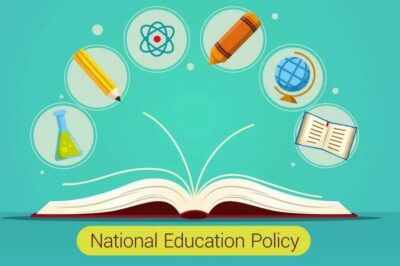



















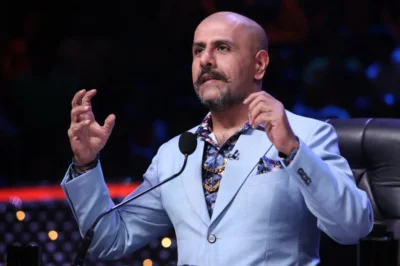





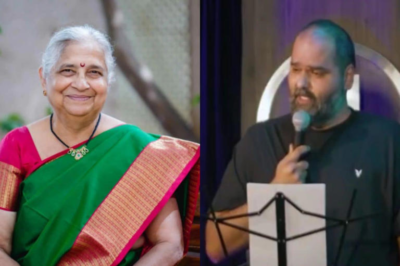




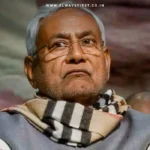

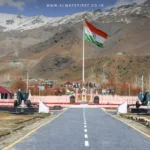

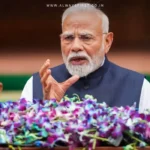
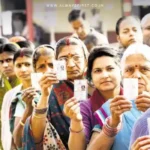



Leave a Reply